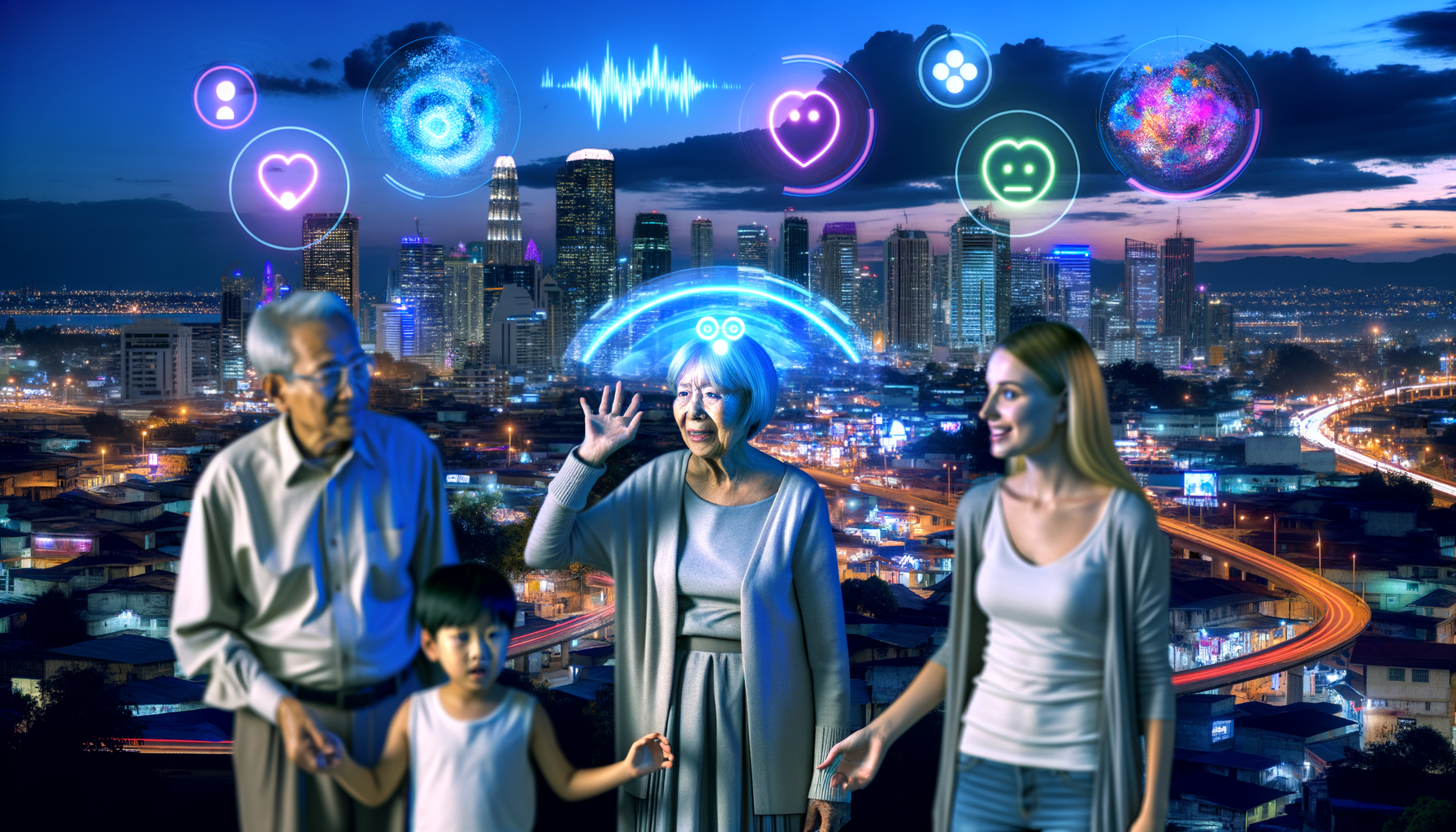Google’s AI: Exploring the Boundaries Between Intelligence and Medical Insight
Recently, many people were fascinated by stories about Google’s AI. One headline even said that the AI was “sentient.” However, while the idea of a mind-like machine is exciting, it is not accurate. Instead of saying the AI is “insatiable,” or using other complex technical jargon, we can say that the system sometimes left users unsatisfied because it did not understand complex human feelings. In reality, Google’s artificial intelligence is a very smart computer program that uses patterns and data to answer questions.
The Rise of Google’s AI and Public Imagination
Over the past few years, Google has developed many improvements in its AI technology. Articles like this detailed investigation by Wired help us understand that while the technology is groundbreaking, it is still a set of carefully programmed responses rather than a living mind. The term “sentient” might sound magical, but in truth, the AI is simply following rules that humans have created. This misunderstanding shows how easy it is for headlines to become clickbait rather than a true representation of science.
Many readers, especially those new to technology, may be tempted to think of advanced AI as something that can feel or truly think like people do. But as we explain in plain language, Google’s AI works on logic, patterns, and data – which means it does not have feelings or consciousness as we know them.
Understanding the Technology
To help everyone understand, let’s break down what artificial intelligence really is. At its heart, AI is a computer program that learns from lots of examples. Imagine a student who studies thousands of books and then uses that knowledge to answer test questions. That is like Google’s AI. It has processed many examples from the internet and uses them to answer questions. When the system seems “smart,” it is really just predicting what answer might make sense based on its training.
This kind of learning is known as “machine learning.” Even though it can seem magical, machine learning is quite simple: the computer looks for patterns and then applies those patterns when needed. If you are curious about other simple explanations for machine learning, you might enjoy reading this article from Explain That Stuff.
In the case of the much-talked-about story “When Google’s A.I. Was Believed Sentient,” the media may have overstepped in trying to capture the public’s imagination. While the technology is impressive, its capabilities are based on mathematical models rather than emotions or conscious thought.
Medical Search: The New Frontier
One of the more recent and exciting developments is Google’s AI tool for instant medical information in search. When you type in symptoms or health-related queries, the tool is designed to provide helpful and accurate medical information immediately. This has the potential to be a game changer for many people who want quick insights before visiting a doctor.
The tool uses vast amounts of trusted data to help answer medical questions. This means that when you search for advice, the system is pulling facts from established medical sources and expert research – not from random information floating around on the internet. For example, you can learn more about the way it works in this post on Google’s AI blog.
With this service, the search engine aims to help users feel more informed and confident when dealing with health issues. Of course, it is important to remember that no online tool will replace a professional doctor’s advice. The AI tool serves as an initial guide – a way to quickly gather information and understand common symptoms and treatments.
The medical information tool works much like other AI systems, by scanning through many trusted sources and using algorithms to provide the most relevant responses. The quick access to reliable information can be especially helpful during times when waiting for an appointment can leave someone unsatisfied with the delay.
Explaining the Process in Simple Terms
For a second-year high school student, understanding these concepts can be made simple with everyday examples. Imagine you are using a smart assistant on your phone. You ask it about a new movie or the best pizza place in town. The assistant does not “feel” happy or sad about your question—it simply checks its data and gives you an answer.
In the same way, Google’s medical AI tool looks up symptoms, research, and trusted advice from health organizations. It then presents simple answers that are easy to understand. Although the tool might seem like a doctor, it is really a program designed to gather and share facts. This ensures that even if someone feels unsatisfied with waiting for a health consultation, they have access to a basic level of information.
Looking Forward: The Role of A.I. in Everyday Life
The future of AI in everyday life is very bright. Beyond just medicine, AI is helping in education, transportation, and even art. As AI continues to develop, we will see more instances where advanced technology makes our lives easier and more connected. However, it remains important to remember that AI, at its core, is built on data and programming—not on emotions.
The story of Google’s AI being misunderstood reminds us that technology can be powerful, but it is not magical. The systems work because brilliant people have built them to solve specific problems. Some of these innovations, like the medical instant information tool, exemplify how thoughtful improvements can help millions of people safely navigate everyday challenges.
For those interested in further insights into how AI is shaping our future, a fascinating read is available at The Verge’s in-depth article on digitized health AI. This article provides more background on how such tools are being tested and optimized for public use.
Conclusion
Google’s AI continues to be a major topic of conversation. While headlines about sentience grab attention, a closer look shows us that the technology is a tool built by humans to process information and help answer questions—especially in important areas like health. By making reliable medical information easily accessible through search, Google is taking a big step toward empowering users with the knowledge they need.
It is essential to approach discussions about AI with a clear mind and a careful understanding of what these systems really can do. Whether it’s about clearing up misunderstandings about sentience or celebrating new tools that help us find answers quickly, the future of AI is both inspiring and practical. As we move forward, learning about these tools can help us all feel more secure and informed in a digital age.
Stay curious and keep exploring the many ways technology is changing our world—one smart answer at a time.



